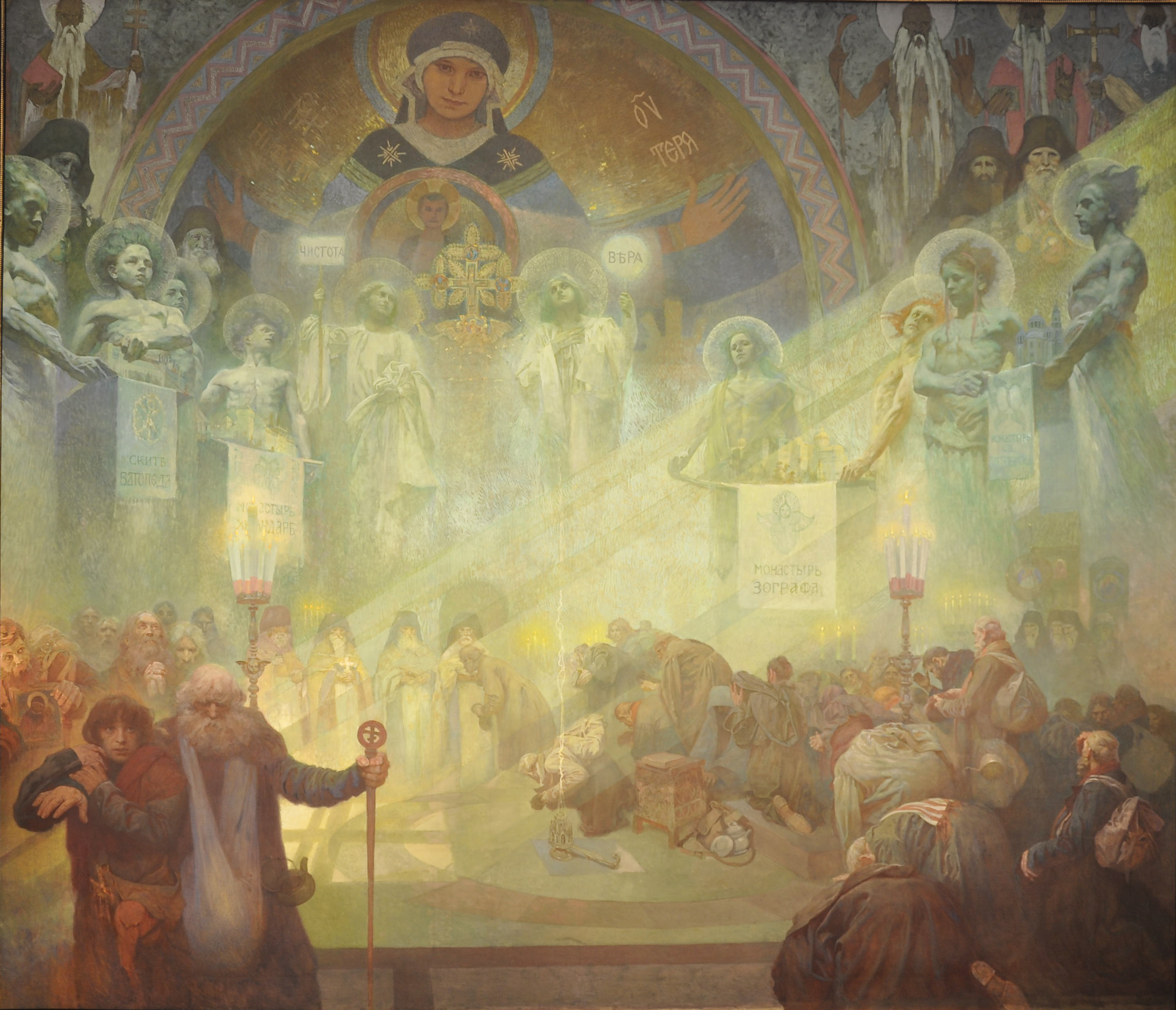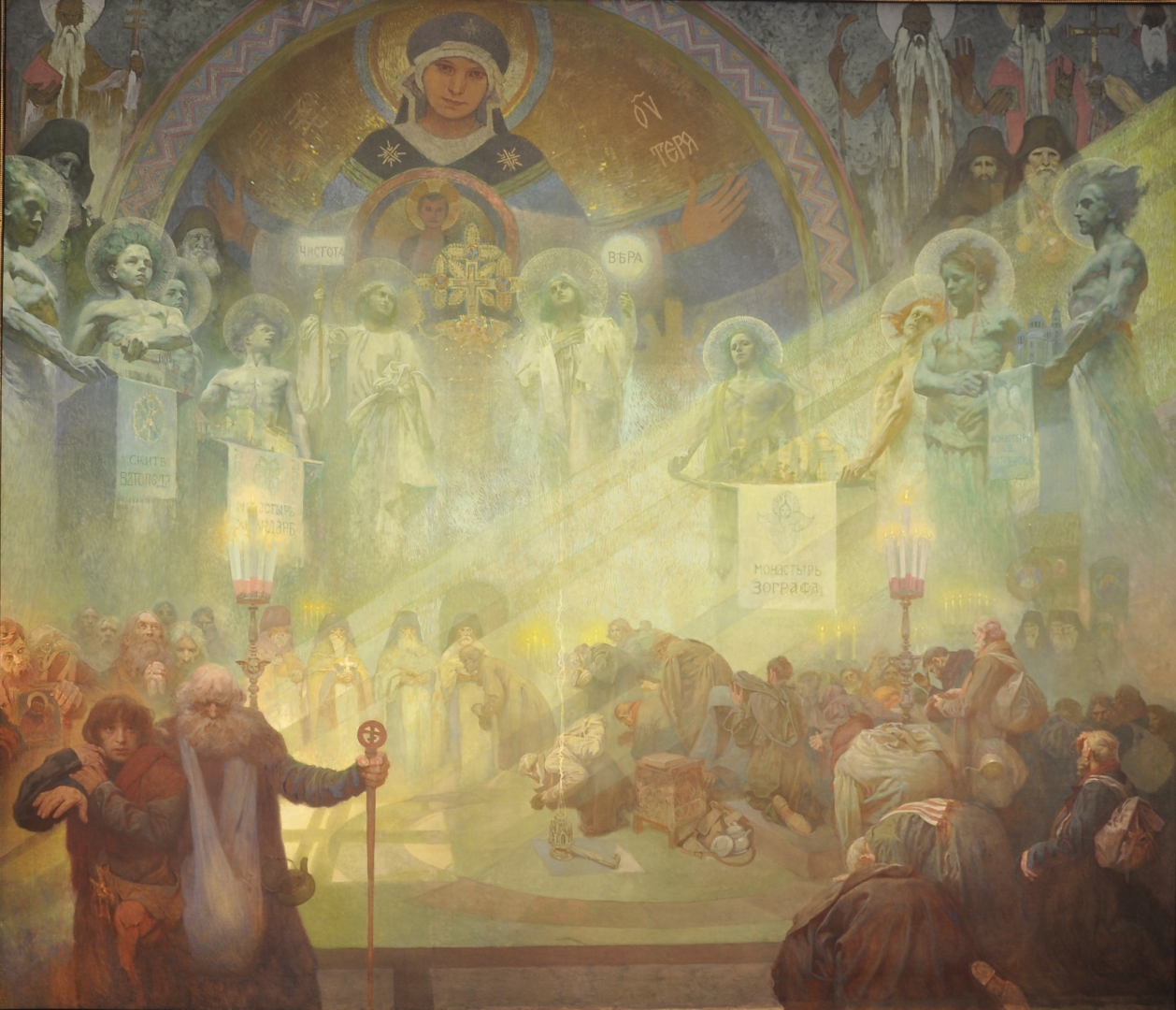MOUNT ATHOS
Mount Athos is the easternmost and largest of the three promontories of the Chalkidiki peninsula in the Aegean Sea, with the 47 km long Athos mountain range and 2033 m high peak of the same name. The whole promontory belongs to the Orthodox monastic state and comprises about 20 monasteries. Currently, about 2,000 monks live there, and according to the ancient tradition, women are still not allowed there. Athos has unique significance for Orthodox Christians as one of their spiritual centres.
According to legend, the Mother of God found refuge there during the apostles' persecution, and Athos is allegedly her final resting place. Even though Mount Athos is consecrated as the "garden of Virgin Mary", hers is the only female presence allowed there. By law, no female can set foot on the entire peninsula, not even the female animals except cats. This law was established in 1045 by a decree of the Byzantine Emperor Constantine IX.
Emperor Theodosius the Great had the first Church of the Virgin built there in the 4th century. The first monastery was built in the 5th century. In 885, Byzantine Emperor Basil I declared Athos an official residence of monks and hermits. By the 11th century, most of the 20 monasteries were already standing, as well as kelies (cells) and hermitages. The Byzantine Empire heavily supported the monasteries, and by the 15th century, Athos became an Orthodox cultural and religious centre. After the fall of the Byzantine Empire, the situation worsened, and the monasteries survived only thanks to the sponsorship of Christian rulers from the Danube countries. In 1794, the Athos School was founded. Around that time, monasteries were growing, new monks were coming, and Athos was experiencing its golden age. Another revival came in 1826, after the monks who fled the Turks returned.
In the 19th century, many Russian monks flocked to Athos. On November 5, 1912, the Greek flag was hoisted in a small port town, and in 1924, Greece recognised the legal sovereignty of Athos.
The painting represents the interior of one of the Athos temples, the apsis with the mosaic of the Virgin Mary. On the right, rays of sunlight enter the temple, illuminated by numerous candles. Priests stand before the iconostasis and let the pilgrims kiss the holy relics. Cherubs hovering in the bright light carry models of four other Orthodox monasteries: Serbian Hilandar, Russian St. Panteleimon, and Bulgarian monasteries Zograf and Vatopedi. Behind the cherubim, we see the portraits of four igumens, the heads of the monasteries mentioned above. In the foreground is a young man who supports a blind old man - the young man is again Mucha's self-portrait.

